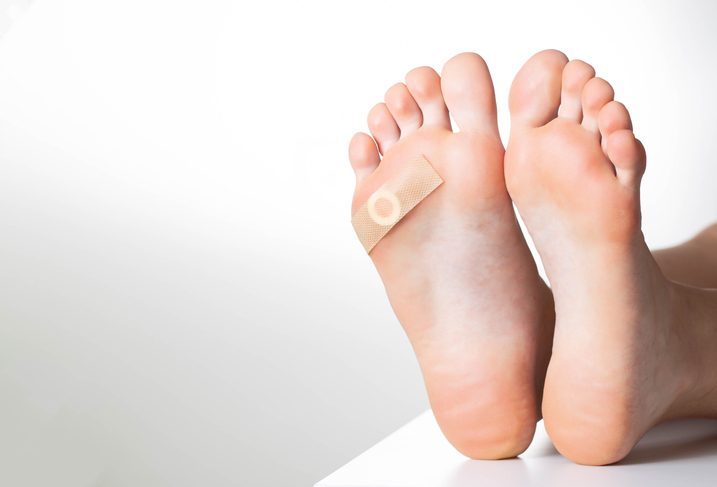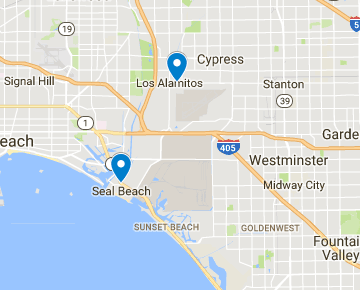What are Plantar Warts and What Causes them?

Plantar warts are a type of viral infection anyone can get, although they are more common in children and teens. As many as 20 percent of people get these warts during childhood. While they can be painful, they are not serious in most cases. What more should you know about plantar warts?
What Are Plantar Warts?
Plantar warts are tiny bumps that grow under the skin of the heels, toes, or balls of your feet. Because they are under the thick skin of your foot, pressure from walking can cause them to grow inward. That can lead to pain when you walk.What Causes Plantar Warts?
Plantar warts are the result of human papillomavirus (HPV) infection. The virus gets under the skin through minor cuts or breaks. HPV is a widespread virus, one associated with a variety of warts.What are the Symptoms of Plantar Warts?
Symptoms of plantar warts include:- Rough spots on the bottom of the foot. These usually appear on the toes, balls of the feet, or heels.
- Brown or black spots on the bottom of the foot
- A cluster of growths on the bottom of the foot
- Pain or tenderness when standing or walking
- There is bleeding
- The warts change color or shape
- They are painful enough to interfere with daily activities.
- You have a medical condition that affects healing, like diabetes.
- You have a weakened immune system due to illness or medical treatment. For example, if you are on chemo or have HIV.
Preventing Plantar Warts
Generally, there isn’t much home care necessary for plantar warts. You should see the doctor if they are painful enough to cause issues. There are things you can do to prevent them, though, such as:- If you develop plantar warts, you should not touch them. If you do, wash your hands with an antibacterial soap to avoid spreading the virus.
- HPV thrives in warm, moist places, so wear flip-flops when near a swimming pool, public shower, or hot tub.
- Clean your feet thoroughly when you bathe or shower. Make sure to use soap between your toes. Dry your feet immediately when you finish.
- Don’t share personal hygiene items with others, even family members. For example, don’t use the same washcloth or nail clippers.
- Wear clean cotton or wool socks that absorb moisture when wearing shoes.





